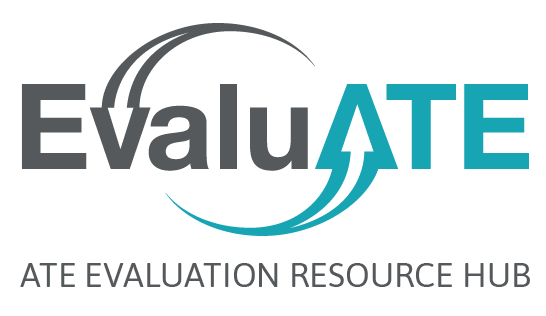Management
Managing an evaluation involves allocating and using resources—especially people, money, and time—effectively to carry out an evaluation. Plans for resource use are communicated in formal documents such as budgets, work plans, and contracts or memoranda of agreement.
People: Professional evaluators have credentials and experience that prepare them for a variety of technical, analytic, and interpersonal activities. Evaluators often involve staff from the projects they are evaluating in planning or conducting the evaluation. Evaluations may engage other experts such as editors, cultural liaisons, or subject matter experts to fill in knowledge or skill gaps among the evaluation team.
Money: The cost of an evaluation depends mostly on its scope, because that determines how much personnel time is required. Travel, materials, and overhead costs also affect the overall evaluation budget.
Time: Decisions about how much time is needed for an evaluation and how to use that time depend on the project’s duration and schedule. The evaluation’s scope and when information is needed for decision making must also be considered.
Featured Resources
Finding and Selecting an Evaluator
Evaluation Basics for Non-Evaluators: How Much Does It Cost?
View More Resources








 EvaluATE is supported by the National Science Foundation under grant number 2332143. Any opinions, findings, and conclusions or recommendations expressed on this site are those of the authors and do not necessarily reflect the views of the National Science Foundation.
EvaluATE is supported by the National Science Foundation under grant number 2332143. Any opinions, findings, and conclusions or recommendations expressed on this site are those of the authors and do not necessarily reflect the views of the National Science Foundation.